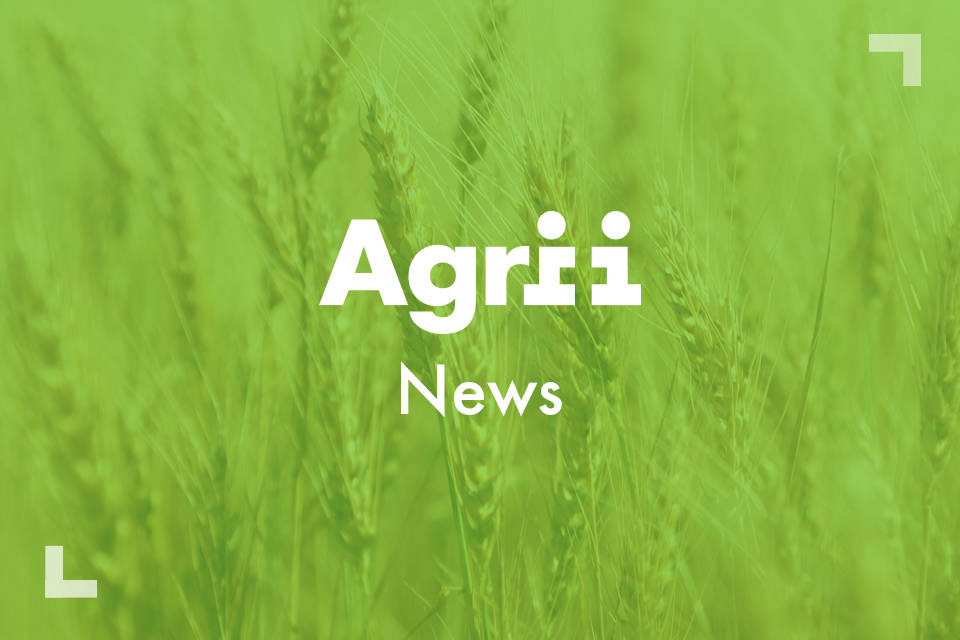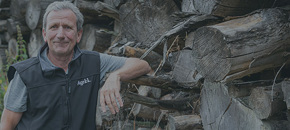
Why maize can fit for AD plants in the north
News - 12.03.21
Careful variety selection has enabled maize to become a core ingredient feeding a Yorkshire farm’s anaerobic digestion plant.
Careful variety selection has enabled maize to become a core ingredient feeding a Yorkshire farm’s anaerobic digestion plant.
Using maize as a key feedstock wasn’t the original plan, or even plan B, when Alaric Booth and his brother Charlie commissioned a £3m, 499kWe two-stage Snow Leopard anaerobic digestion plant in 2014 at Smeathalls Farm, Knottingley near Pontefract in West Yorkshire.
“When we started we thought we could use primarily grass silage,” Alaric says. “But we quickly found grass wasn’t as efficient at producing gas as we’d hoped, it floated within the system when fed, and hybrid rye suited our farm better with high overall yields.”
“So we abandoned that after one year. We then tried beet, which was great for energy production. But it needed intensively washing, and we only had limited labour available, and with limited access to quality bought in beet, either fresh or ensiled, we abandoned that after a year too.”
That’s when the brothers turned to maize backed up by whole crop rye. About two-thirds of the farm’s 280ha is dedicated to producing maize and the whole cropped winter hybrid rye for the digester, with around 48ha of the 128ha land growing maize, also growing Lunator forage rye, which is used as a sandwich crop between the maize and whole crop rye feedstocks.
Maize has a number of advantages for energy production, Alaric says. “It produces lots of biomass – in trials we measured varieties that were 16 feet tall – and feeds into the plant well as it doesn’t float much as long as it is harvested at the correct dry matter.”
Gas production is also high, explains Philip Marr, the farm’s AD forage and rye consultant. “We’re aiming very high – looking for around 400 cubic metres of methane per tonne with the maize compared with 300 for whole crop rye.”
Challenges
But the farm’s relatively northerly location also brings challenges for maize production, which was partly the reason it was not grown to begin with. Maize requires a certain number of day degrees to reach maturity, with varieties differing in the amount required. The Booth brothers farm is right at the northern tip of where there are enough cumulative day degrees to allow crops to reach maturity by the target September harvest date, Alaric explains.
However, variety trials on the farm, which is the site of Agrii’s Brotherton iFarm, highlighted that varieties such as Limagrain’s Fieldstar and more latterly Resolute, which has the highest overall yield for both ME and DM on the Descriptive List. Both were early enough to reach maturity by that date, while also fitting the other key characteristics of being high yielding, tall varieties with good standing ability and energy production.
“We’ve been getting good yields with Resolute of 50-60t/ha with a dry matter of 32-34%,” says Mr Marr.
It’s performance overall last season, in a difficult season where some of the maize failed to germinate due to the dry spring, has encouraged the Booths to increase the proportion of Resolute to a 50:50 split with Fieldstar.
“It’s a few days later than Fieldstar, which is perfect for managing harvesting,” says Alaric.
Harvesting at around 32% dry matter is critical for maximum efficiency in the AD plant. “A good indication is breaking the stem at the second node and seeing if you can squeeze water out, as well as looking for the cobs to be a milky-cream colour.”
Drilling
Drilling, typically in May, is at 45cm row spacings rather than the usual 75cm using a Horsch Pronto KR with spacers. A single post-emergence herbicide application is usually sufficient, and while eyespot is a concern given almost continuous maize, so far, it hasn’t warranted treatment.
One useful benefit from running the AD plant, along with a high degree of certainty about future income levels, is the reduction in nitrogen fertiliser required after applying by-product digestate from the plant back onto fields.
“We’ve been able to cut our solid N rates back by 30-40 kg/ha in the rye and 25 kg/ha on maize,” concludes Alaric.
Join Our Community

Agrii X
We love engaging with clients and partners. Give us a follow and let's share stories for the community.

Agrii Instagram
A picture paints a thousand words. Follow us on Instagram to see what we are up to.

Agrii Facebook
Follow us on the worlds biggest social media site for the latest news and events straight to your feed.

Agrii LinkedIn
If you are all about the business, connect with us on LinkedIn to build your network
Stay In Touch

Journal Sign-Up
Receive email updates on topical news and information from around Agrii and UK Farming.

Listen To Our Podcasts
Listen to the Tramlines Podcast. Fortnightly chat about agriculture and trials with your host Tony Smith.

Agrii Insights
Read essential agri intelligence for profitable farming.

Find an Event
Join us for our upcoming events and tours.



